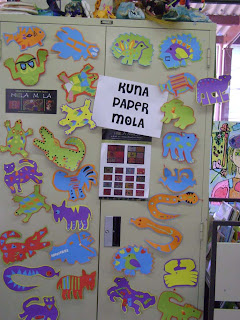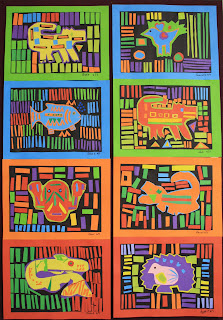




PIRATE FOLK TYVEK
I just love pirates as a theme for my little ones. When the classroom teacher told me she was using it as her theme for literacy I jumped on board literally. We completed some drawings but I knew that the Tyvek soft sculptures would be a hit.
By Luke age 6 years
Materials
Felt for hats or fabric for bandanas, wool tops unspun sheep’s wool, or knitting wool for hair, acrylic paint, sequins, leather scraps , wire soft to make hook, thick -wood skewer/dowel for peg legs, permanent markers/sharpies . template of female and male pirate, And template for hat - PVA Glue/ hot melt glue gun, Fibre fill for stuffing.
Tyvek- White For those of you who don’t know what this is (a plasticized paper fabric made by Dupont- used in construction insulation and for throw away overalls etc. It is fantastic for kites etc. Can be painted (wipe off if a mistake is made. Use permanent markers on and it can also be glued or stitched. It is strong and tough. -approx ½ metre or yard per child. I used an A3 template which I drew as a guide. Costs about $4 per metre /yard in Australia and is very wide.
Technique –
1. Cut out template and trace enough fronts and backs for students. I cut out the pirates for the children due to they age.
2. Inspire students. Best book around but it is an oldie is by Colin and Jacquie Hawkins- Pirates. Plenty at Amazon plus many other books.
3. Students to paint their pirates front and back to match each other- this can be challenging but worth pursuing. Use the acrylic paints and allow drying. Don’t ask them to paint facial features. These are drawn in afterwards with felt pens. While these are drying begin pirate maps.
4. When dry glue front and back along edges with PVA. Teacher or helper needs to do this. Leave opening for filling. Students then draw in details of faces, hands , jewellery etc,
5. Make hooks from leather see template. Glue wire onto one side of leather with hot melt glue gun. Then glue onto arm with other side using PVA
6. Make peg legs if required from leather and skewer. In similar way to hook arm.
7. Decorate head, with beard, hair etc. I found some gorgeous lumpy knitting wool for this plus the black wool tops etc. Glue on with PVA
8. Use sequins for jewellery- May need Hot melt glue for this.
9. Cut out Hats from felt and decorate- Glue on front and back.
I found some pirate skull fabric and cut that out to decorate hat.
10. Once decorated fill with stuffing and glue together. Use a clothes peg to hold together while drying.
These will be a huge hit with the younger children
Use this same idea for making scarecrows, and fairies, elves, self portrait soft sculptures animals, Monsters etc.















